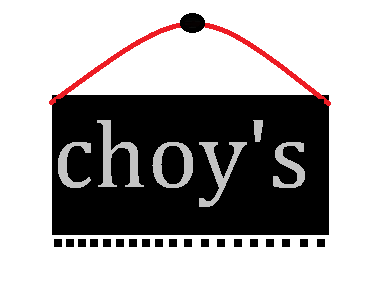Website ranking strategies
On-Page Optimization
1. Keyword Research: Conduct thorough keyword research to identify relevant and high-traffic keywords.
2. Optimize Title Tags: Write unique, descriptive, and keyword-rich title tags for each page.
3. Meta Descriptions: Craft compelling and informative meta descriptions to entice users to click.
4. Header Tags: Organize content with header tags (H1, H2, H3, etc.) for better structure and readability.
5. Content Quality: Create high-quality, engaging, and informative content that adds value to users.
6. URL Structure: Use descriptive, concise, and keyword-rich URLs for each page.
7. Image Optimization: Optimize images by compressing, alt-tagging, and describing them.
Technical Optimization
1. Page Speed: Ensure fast page loading speeds (less than 3 seconds) for better user experience and search engine rankings.
2. Mobile-Friendliness: Ensure a responsive, mobile-friendly design for a smooth user experience across devices.
3. SSL Encryption: Install an SSL certificate to secure user data and ensure a trusted browsing experience.
4. XML Sitemap: Create and submit a comprehensive XML sitemap to help search engines understand site structure.
5. Robots.txt: Optimize the robots.txt file to guide search engine crawlers and prevent indexing of sensitive pages.
Off-Page Optimization
1. Link Building: Acquire high-quality, relevant backlinks from authoritative sources to increase domain authority and ranking.
2. Social Signals: Promote content on social media platforms to increase visibility, engagement, and drive traffic.
3. Local SEO: Optimize for local search by including name, address, and phone number (NAP) consistently across the web.
4. Content Marketing: Create and promote valuable, relevant, and consistent content to attract and retain a clearly defined audience.
5. Influencer Outreach: Collaborate with influencers in your niche to expand your audience and build backlinks.
1. Google Analytics: Set up and track key metrics (e.g., traffic, engagement, conversion rates) using Google Analytics.
2. Search Console: Monitor search engine rankings, impressions, and clicks using Google Search Console.
3. Track Keyword Rankings: Monitor keyword rankings to adjust SEO strategies and improve performance.
Content Creation
1. Blog Posts: Regularly publish informative, engaging, and optimized blog posts to attract and retain audiences.
2. Guest Blogging: Write guest posts for other reputable websites to build backlinks and expand your audience.
3. Video Content: Create high-quality, engaging video content to attract and retain audiences.
4. Infographics: Design informative, visually appealing infographics to communicate complex information and attract shares.
Local Business Optimization
1. Google My Business: Claim and optimize your Google My Business listing to improve local search visibility.
2. Local Citations: Ensure consistent NAP across local directories, citations, and review sites.
3. Reviews: Encourage customers to leave reviews on your Google My Business listing and other relevant platforms.
By implementing these strategies, you can improve your website's ranking, drive more traffic, and increase conversions.

